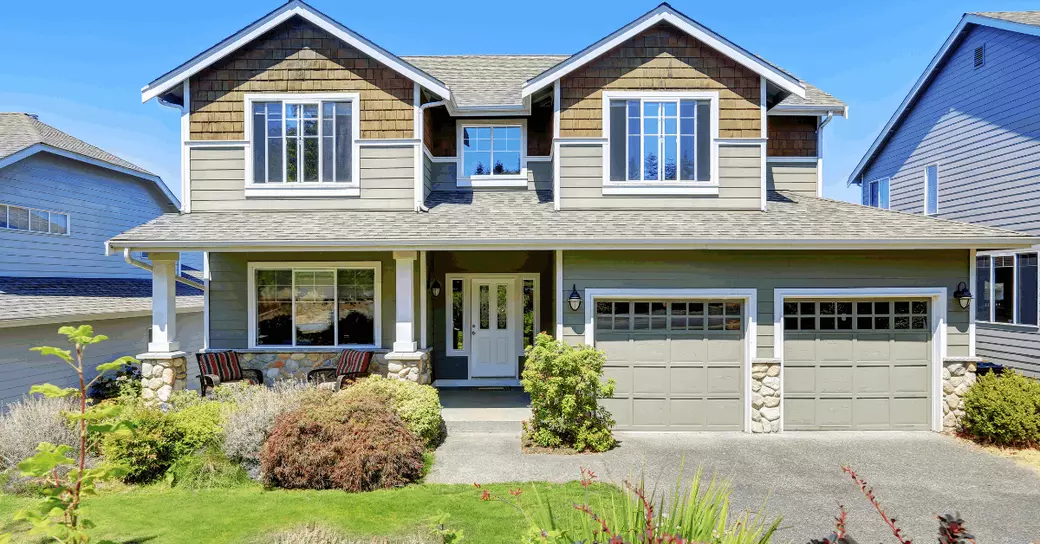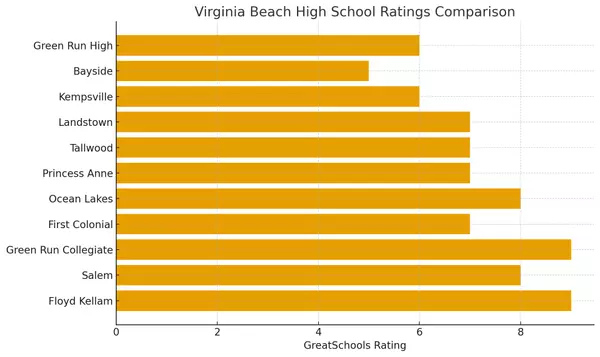How to Save Money for a House

Saving for a House: A Complete Guide
Saving to buy a house involves more than just setting aside money for a down payment. You’ll also need to plan for closing costs, moving expenses, and other upfront costs. While the idea of putting down 20% on a home might seem daunting, you’re not alone if you’re aiming for less.
A recent survey found that many first-time homebuyers put down less than 20% on a home. In fact, a significant portion put down as little as 5% or less. For example, on a home priced at $170,000, this would mean a down payment of $8,500 or less.
Here are six practical tips to help you start saving for a house:
1. Open a High-Interest Savings Account
Maximize your savings by opening a high-interest savings account. Unlike riskier options like the stock market, a savings account offers stable growth with minimal risk. This ensures your savings are protected while earning interest.
2. Automate Your Savings
One of the best ways to stay on track is to automate your savings. Set up a recurring transfer from your checking to your savings account, ideally right after each paycheck. By doing this, you prioritize saving and reduce the temptation to spend.
3. Cut Monthly Expenses
Look for ways to reduce your monthly spending. Small changes, like canceling unused subscriptions, switching to generic brands, or cooking at home, can add up quickly. You can also lower essential expenses by shopping around for better rates on insurance or utilities.
4. Pay Down Debt
Reducing debt can free up more money for savings and improve your ability to qualify for a mortgage. Focus on paying off high-interest debt first, like credit cards. Once you eliminate a debt, redirect the money you were using for payments toward your house savings fund.
5. Boost Your Income
Earning extra income can help you save for a house faster. Consider taking on a part-time job, freelancing, or even renting out a room in your home. Every bit of extra income can go straight into your house savings.
6. Track Your Progress
Use budgeting tools or apps to monitor your savings and keep you motivated. Tracking your progress helps you stay focused on your goal and adjust your plan as needed.
How Much Should You Save for a House?
Experts recommend saving up to 25% of a home’s purchase price to cover the down payment, closing costs, and moving expenses. Here's a breakdown:
- Down payment: Typically 3% to 20% of the home’s price.
- Closing costs: Plan for 2% to 5% of the home’s price.
- Moving expenses: These costs can range from around $1,000 for local moves to $4,800 for long-distance moves.
For example, if you’re purchasing a $300,000 home, you might need $9,000 to $60,000 for a down payment, $6,000 to $15,000 for closing costs, and about $1,000 for moving expenses.
How Long Does It Take to Save for a House?
How long it takes to save depends on your savings rate and the price of the home you're aiming for. A recent study showed that renters saving around 2.4% of their monthly income might take 27 years to save for a 20% down payment. However, with a more aggressive savings plan, you could reduce this time significantly.
For instance, by saving 10% of your income each month, you could reach a 5% down payment in just two years or a 20% down payment in six years.
With the right approach, you can meet your savings goal sooner than you think. By cutting expenses, increasing your income, and staying disciplined with your savings, homeownership can be within reach.
Categories
- All Blogs (51)
- Buyer Stories (1)
- Buyer tips (7)
- Buyers (3)
- Buying (2)
- Buying Advice (3)
- Buying Assistance (3)
- Credit & Debt (2)
- Down Payment (1)
- Financing (8)
- Financing Options (1)
- First Time Home Buyer (20)
- Foreclosures (1)
- Interest Rates (2)
- Loans (4)
- Military (6)
- Mortgage Interest Rates (1)
- Mortgage Rates (1)
- New Construction (1)
- Personal Finance (2)
- Refinance (1)
- Schools (11)
- Tax tips (1)
- Title & Closing (1)
- VA Loans (1)
Recent Posts











